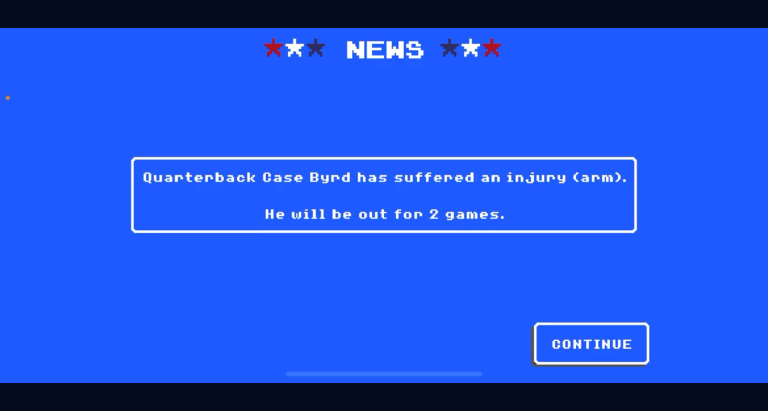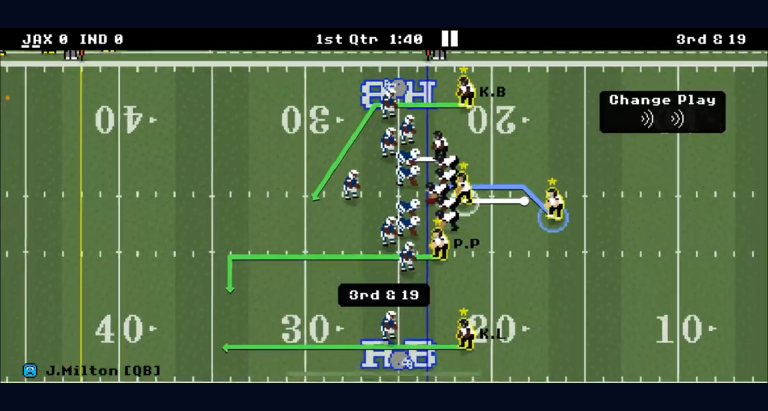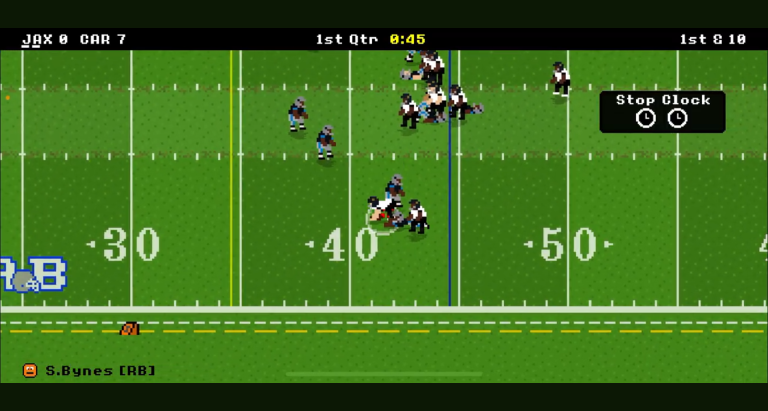Retro Bowl has captured the hearts of football fans with its unique blend of nostalgia and engaging mechanics. The game allows players to take control of their own football team, simulating the thrills of coaching without the intense pressure of real-time play. For many enthusiasts, one of the most appealing features lies in how to sim games in Retro Bowl, which presents an exciting way to focus on strategy rather than play execution. This article will guide you through the best ways to simulate games effortlessly in Retro Bowl, ensuring you get the most out of your gameplay experience.
Understanding Retro Bowl Mechanics
Game Overview
Retro Bowl incorporates a classic arcade feel combined with modern gaming elements, allowing players to manage their team intricately. You’re not just a player; you’re also a coach, responsible for team management, hiring and training athletes, and devising strategies. The core mechanics revolve around stat tracking, game results, and overall team dynamics, all of which critically influence game simulation.
Importance of Game Simulation
Simulating games in Retro Bowl can drastically alter your strategy and outcomes. For many players, simulating presents a chance to focus on team management and strategy development without the need for intensive gameplay. The decision to simulate versus actively play allows for a greater emphasis on player stats, team chemistry, and overall tactical adjustments.
Preparing for Game Simulation
Team Setup
Choosing the right team is pivotal. How to sim games in Retro Bowl begins with understanding player strengths and weaknesses, which are crucial for effective simulation. Take into consideration the overall team chemistry, which directly impacts game outcomes and your ability to gel as a team. Whether you select a pre-established team or create your own, ensuring a balance across all player positions is key.
Strategy and Playbook
Effective simulations hinge on solid strategies and a tailored playbook. Start by analyzing various offensive and defensive tactics available in the game. The ability to customize your playbook can lead to improved outcomes during simulation. Moreover, understanding your team’s playstyle and optimizing your tactics will enhance the effectiveness of your simulations.
Steps to Simulate a Game in Retro Bowl
Accessing the Simulation Feature
To begin simulating in Retro Bowl, follow these step-by-step instructions:
- Launch the Retro Bowl app.
- Navigate to the main menu and select “Play.”
- Choose your scheduled game and select “Simulate.”
- Confirm your settings, and the simulation will commence.
Screenshots can often be helpful for recognizing menu options; check the Retro Bowl community for visuals if needed.
Setting Game Options
Prior to simulation, adjust your game options to reflect your desired gameplay conditions:
- **Weather Conditions**: Set the weather to suit your team’s strengths.
- **Opponent Difficulty**: Adjust the difficulty level based on your team’s confidence.
- **Game Length and Rules**: Customize game duration and any specific rules that affect gameplay.
Starting the Simulation
Once your preparations are done, start your simulation with these steps:
- Confirm your settings.
- Choose the speed of the simulation: normal, fast, or faster, depending on your preference.
- Hit the “Start” button to simulate the game.
Analyzing Simulation Results
Post-Game Statistics
After the simulation, analyzing the statistics is crucial for understanding the game. Focus on key metrics:
- **Yardage**: Total yards gained and allowed.
- **Touchdowns and Field Goals**: Points earned and areas needing improvement.
- **Turnovers**: Understanding where possessions were lost.
These figures help in evaluating team performance comprehensively.
Learning from Outcomes
The insights gained from simulated games can dictate future strategies and adjustments. Examine what worked in your playstyle and where shortcomings occurred to make data-driven changes for upcoming matches. Adaptation leads to success!
Common Strategies for Successful Simulations
Optimizing Player Performance
Managing your players is vital, especially regarding fatigue and morale. Keep track of your players’ performance and training needs to ensure optimal results in simulations. Consider upgrading your players and providing adequate rest to prevent burnout.
Adapting Strategies Mid-Season
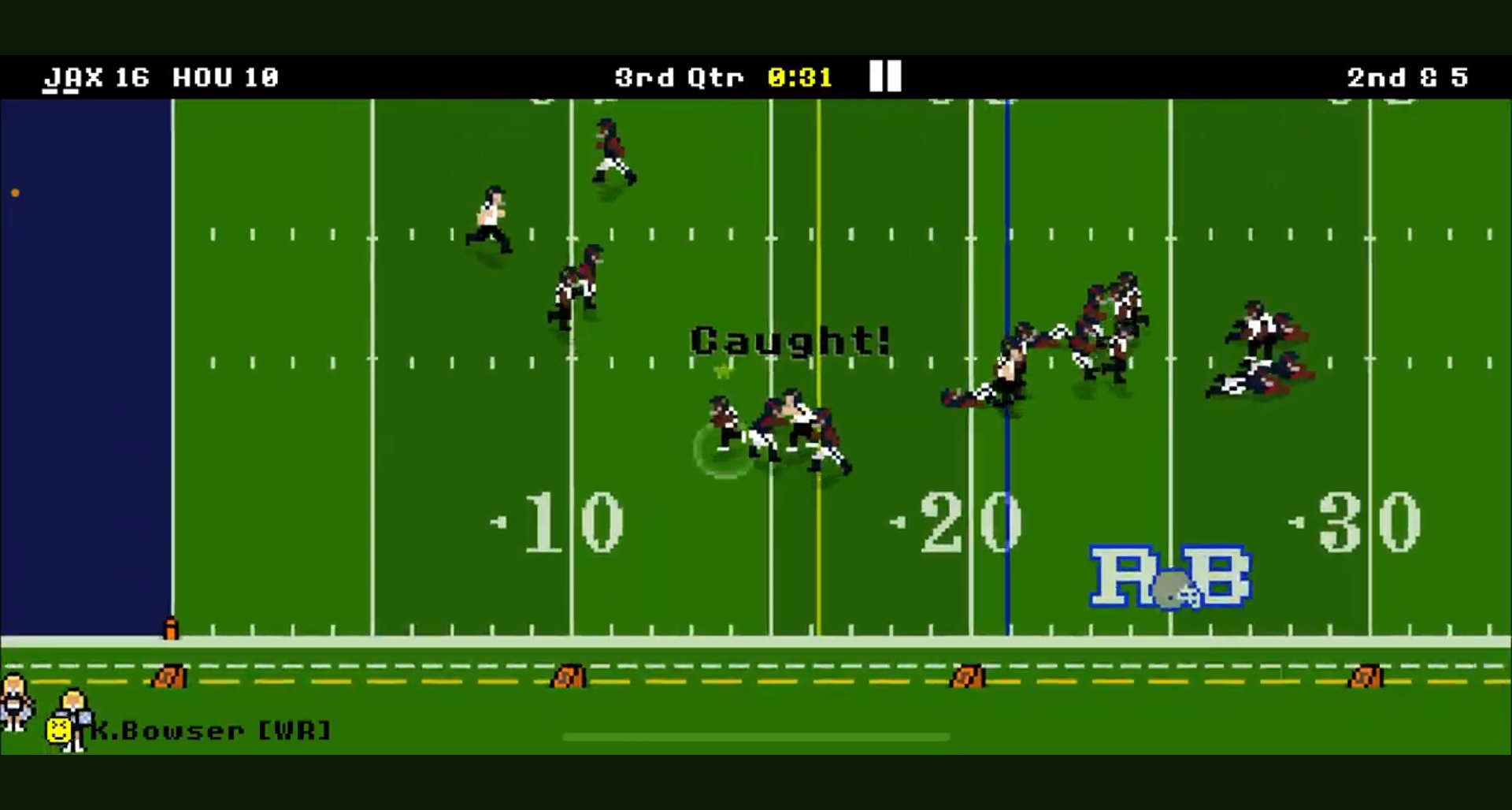
One key aspect of successfully simulating games is evaluating and modifying your strategies based on results. Be open to shifting tactics mid-season according to how your team and opponents are performing.
Troubleshooting Common Issues
Simulation Not Performing as Expected
If your simulations yield undesirable outcomes, several factors could be at play:
- Player fatigue or low morale.
- Incorrect playbook settings or outdated strategies.
- Adjustments needed in team chemistry or strategy.
Focus on addressing these areas to improve future simulation outcomes.
Resources for Improvement
Consider engaging with online communities and forums dedicated to Retro Bowl for additional support. Websites like Reddit’s Retro Bowl community can provide valuable tips and strategies. Watching video tutorials on platforms like YouTube can also enhance your understanding.
Key Points in Table Format
| Aspect | Key Points |
|---|---|
| Game Overview | Unique arcade mechanics, player management, team strategies. |
| Simulation Setup | Team setup, player stats, chemistry. |
| Game Simulation Steps | Access feature, set options, start simulation. |
| Analyzing Results | Focus on yardage, turnovers, post-game stats. |
| Strategies | Optimizing player performance, adapting strategies. |
| Troubleshooting | Common issues: fatigue, strategy issues, lack of chemistry. |

FAQ
1. Can I simulate games without actually playing them?
Yes, Retro Bowl provides a simulation feature to run games automatically based on the setup.
2. How does team chemistry play a role in simulations?
High team chemistry can lead to better performance and positive game outcomes.
3. What are the benefits of simulating over playing?
Simulating allows for strategic planning while conserving time, making it easier to manage multiple seasons.
4. How can I enhance my player’s performance?
Focus on managing player fatigue, morale, and investing in training sessions.
5. How often should I adjust my strategies?
Regular evaluations after each simulation will help gauge necessary adjustments.
6. Are there any online resources for learning more strategies?
Yes! Communities on Reddit and tutorial videos on YouTube are great for expanding knowledge.
7. How do weather conditions affect game simulations?
Weather can impact player performance; for instance, rainy conditions may lead to more turnovers.
8. Can I customize my team’s playbook further?
Yes, you can tailor your playbook to suit your team’s strengths and preferred strategies.
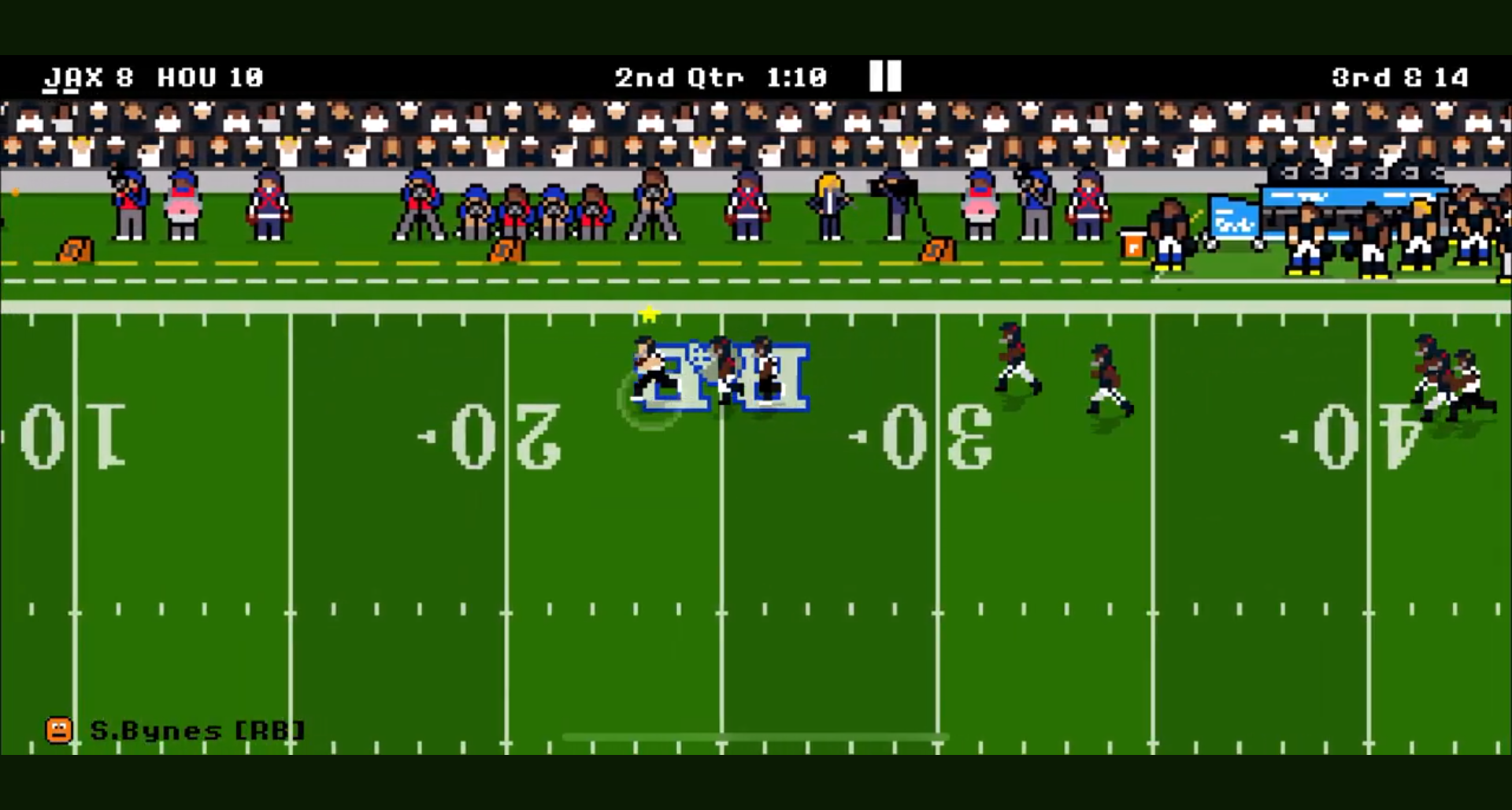
9. Is there a limit to how many simulations I can perform?
No, you can simulate games as often as you like to develop your strategic approach.
10. What should I do if my simulations keep failing?
Analyze your tactics, team chemistry, and player management—look for areas needing improvement.
